How To Save College Sports: A Realistic Approach
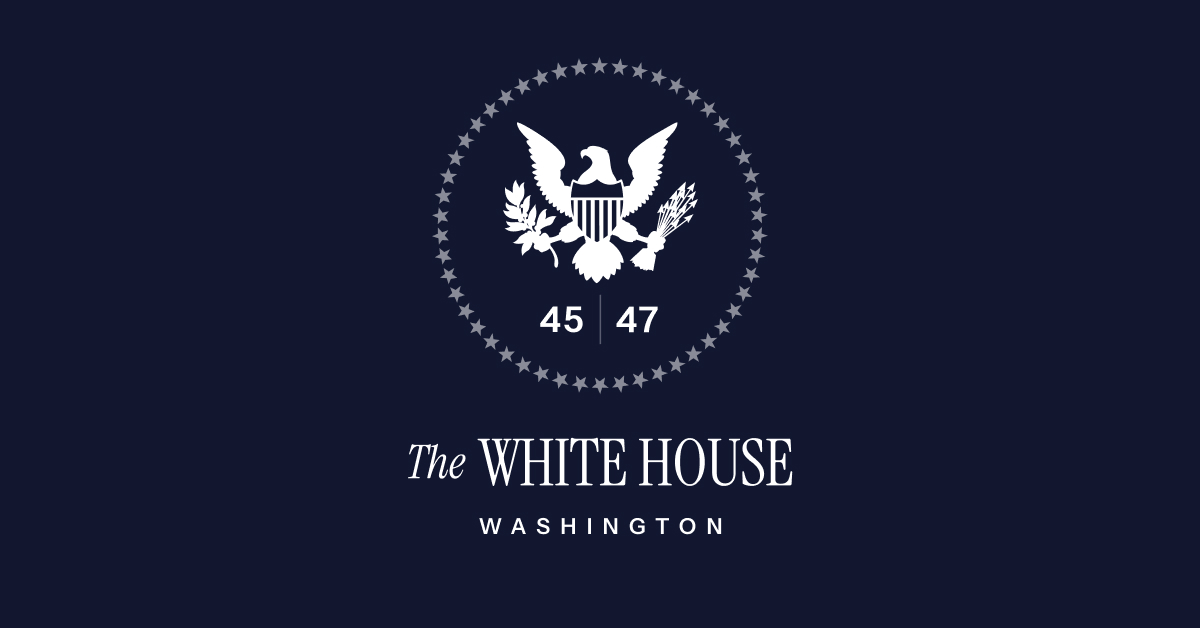
Welcome to your ultimate source for breaking news, trending updates, and in-depth stories from around the world. Whether it's politics, technology, entertainment, sports, or lifestyle, we bring you real-time updates that keep you informed and ahead of the curve.
Our team works tirelessly to ensure you never miss a moment. From the latest developments in global events to the most talked-about topics on social media, our news platform is designed to deliver accurate and timely information, all in one place.
Stay in the know and join thousands of readers who trust us for reliable, up-to-date content. Explore our expertly curated articles and dive deeper into the stories that matter to you. Visit Best Website now and be part of the conversation. Don't miss out on the headlines that shape our world!
Table of Contents
How to Save College Sports: A Realistic Approach
College sports are facing a crisis. The traditional model, built on amateurism and the unwavering support of passionate alumni, is crumbling under the weight of escalating costs, player compensation debates, and shifting public perception. But is the system beyond saving? This article explores a realistic path toward a sustainable and equitable future for college athletics.
The Current Crisis: More Than Just Name, Image, and Likeness (NIL)
While the implementation of NIL deals has undeniably changed the landscape, it's only one symptom of a larger problem. The escalating arms race in facilities, coaching salaries, and recruiting expenses has created an unsustainable financial model for many institutions, particularly those outside the power conferences. This isn't just about the big-name programs; smaller schools are struggling to compete, threatening the very fabric of collegiate athletics.
Addressing the Core Issues: A Multi-Pronged Approach
Saving college sports requires a holistic approach addressing several key areas:
1. Rethinking the Amateurism Model: The long-standing concept of amateurism is increasingly outdated and untenable. While preserving the spirit of student-athlete development is crucial, a more realistic compensation model is necessary. This doesn't necessarily mean fully professionalizing college sports, but it does mean finding a balance that fairly compensates athletes for their time, effort, and the revenue they generate. The current NIL system is a step in the right direction, but it needs refinement and standardization to prevent exploitation and maintain fairness across different programs.
2. Promoting Financial Transparency and Accountability: Increased transparency in spending and revenue generation is essential. Publicly accessible financial reports for athletic departments would allow for better oversight and accountability, preventing runaway spending and ensuring responsible resource allocation. This would also help smaller colleges compete more effectively by identifying best practices and cost-saving measures.
3. Strengthening the Role of the NCAA: The NCAA needs a significant overhaul. Its current structure often seems to prioritize the interests of the wealthiest schools over the overall well-being of college athletics. Reform efforts should focus on creating a more equitable governance structure that prioritizes the student-athlete experience and financial sustainability for all member institutions. This may involve granting more autonomy to conferences or even dissolving the NCAA entirely in favor of a more decentralized model.
4. Emphasizing Academic Success: The core value proposition of college sports should remain the student-athlete experience. Prioritizing academic success, graduation rates, and overall well-being should be at the forefront of any reform efforts. This requires investment in academic support services and a greater emphasis on the student aspect of the student-athlete identity.
5. Fostering Community Engagement: Colleges need to re-engage with their local communities and alumni networks to build broader support for their athletic programs. This could involve creating more accessible and affordable ticketing options, enhancing fan engagement through digital platforms, and emphasizing the positive community impact of college sports.
The Path Forward: A Collaborative Effort
Saving college sports requires a collaborative effort from universities, athletic departments, conferences, the NCAA (if it remains), players, coaches, alumni, and fans. Open dialogue, realistic compromises, and a commitment to prioritizing the long-term health of the system are vital. Failure to act decisively risks irrevocably damaging a cherished institution, leaving behind a fragmented and less vibrant landscape of collegiate athletics. The time for decisive action is now. What are your thoughts on the future of college sports? Share your opinions in the comments below.

Thank you for visiting our website, your trusted source for the latest updates and in-depth coverage on How To Save College Sports: A Realistic Approach. We're committed to keeping you informed with timely and accurate information to meet your curiosity and needs.
If you have any questions, suggestions, or feedback, we'd love to hear from you. Your insights are valuable to us and help us improve to serve you better. Feel free to reach out through our contact page.
Don't forget to bookmark our website and check back regularly for the latest headlines and trending topics. See you next time, and thank you for being part of our growing community!
Featured Posts
-
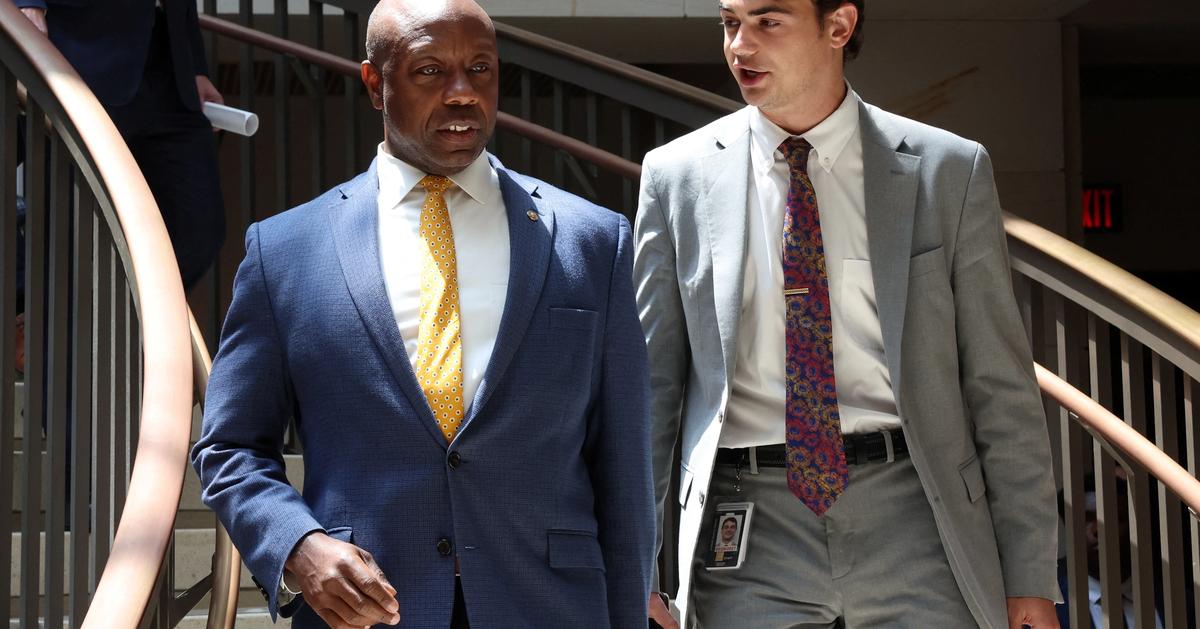 Poll Data Reveals Weakness In Trumps Proposed Legislation Gop Strategists React
Jul 25, 2025
Poll Data Reveals Weakness In Trumps Proposed Legislation Gop Strategists React
Jul 25, 2025 -
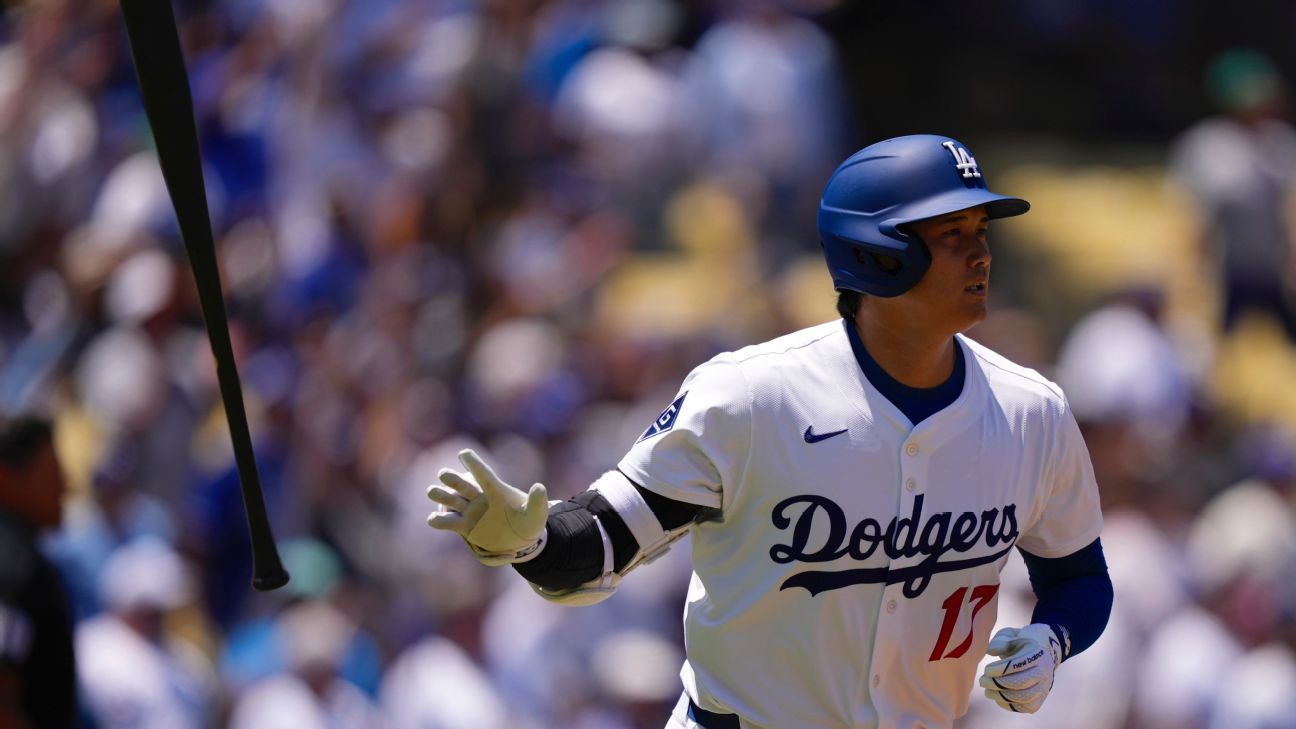 Shohei Ohtani Historic Homer Streak Matches Dodgers Franchise Record
Jul 25, 2025
Shohei Ohtani Historic Homer Streak Matches Dodgers Franchise Record
Jul 25, 2025 -
 Mlb Trade Rumors Three Teams Most Likely To Trade For Jarren Duran
Jul 25, 2025
Mlb Trade Rumors Three Teams Most Likely To Trade For Jarren Duran
Jul 25, 2025 -
 Washington 2025 Extended Highlights Wu Norrie Victories Sheltons Progress
Jul 25, 2025
Washington 2025 Extended Highlights Wu Norrie Victories Sheltons Progress
Jul 25, 2025 -
 Cannabis Stock Explodes Incannex Healthcares 64 82 Increase Explained
Jul 25, 2025
Cannabis Stock Explodes Incannex Healthcares 64 82 Increase Explained
Jul 25, 2025
Latest Posts
-
 Brazilian Football Sport Recife And Santos Clash At Ilha Do Retiro
Jul 27, 2025
Brazilian Football Sport Recife And Santos Clash At Ilha Do Retiro
Jul 27, 2025 -
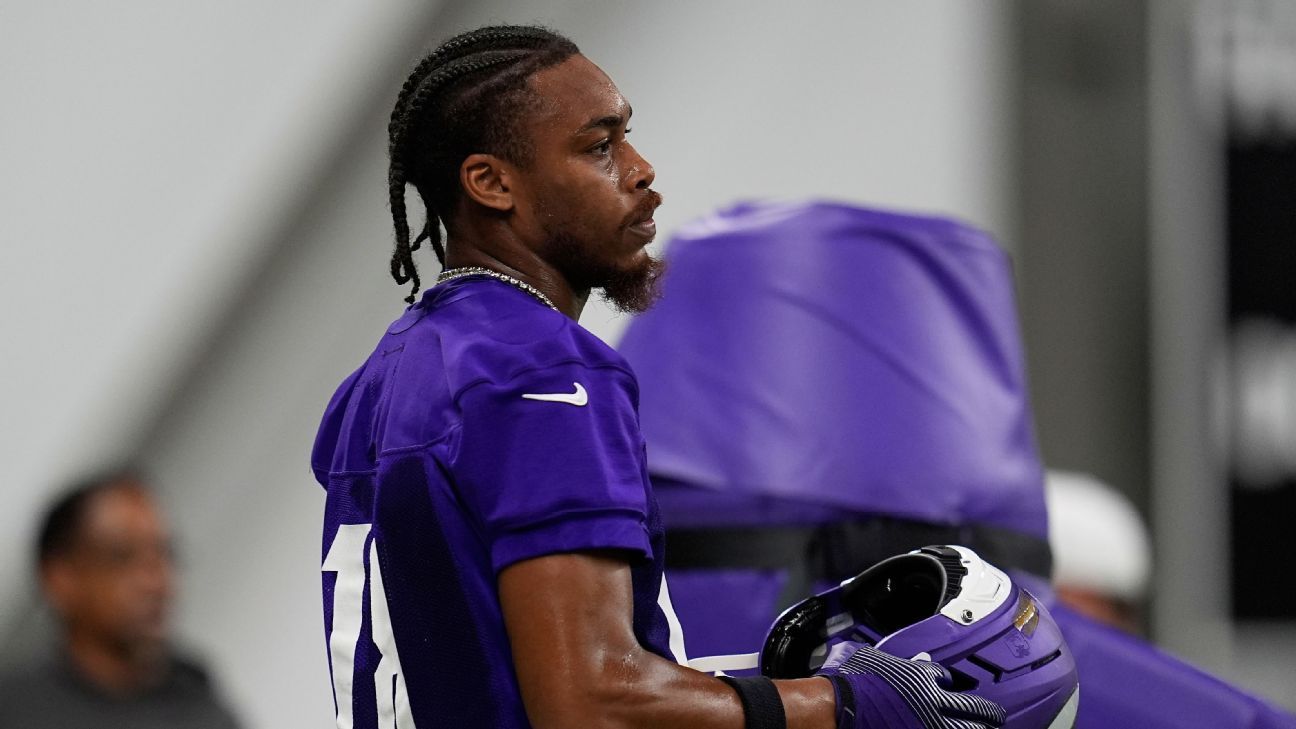 Vikings Star Justin Jefferson Out With Hamstring Strain Injury Details And Timeline
Jul 27, 2025
Vikings Star Justin Jefferson Out With Hamstring Strain Injury Details And Timeline
Jul 27, 2025 -
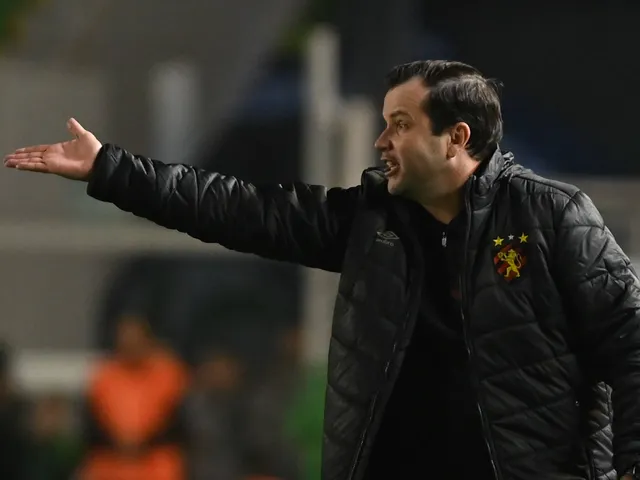 Sport Vs Santos Lineup Predictions Team News And Match Analysis
Jul 27, 2025
Sport Vs Santos Lineup Predictions Team News And Match Analysis
Jul 27, 2025 -
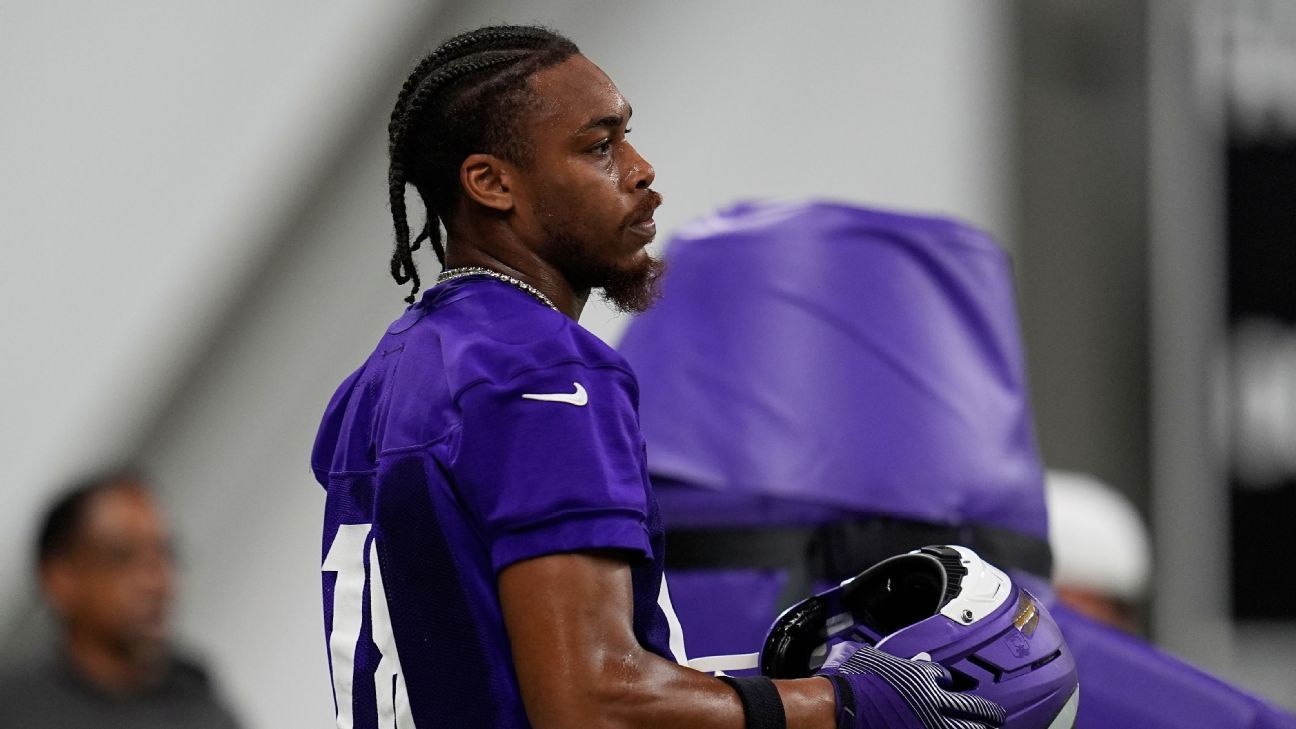 Hamstring Injury Sidelines Vikings Justin Jefferson Impact On Minnesotas Offense
Jul 27, 2025
Hamstring Injury Sidelines Vikings Justin Jefferson Impact On Minnesotas Offense
Jul 27, 2025 -
 Provocando Neymar Apresentadora Da Globo Usa Mascara De Bruna Marquezine E Causa Controversia
Jul 27, 2025
Provocando Neymar Apresentadora Da Globo Usa Mascara De Bruna Marquezine E Causa Controversia
Jul 27, 2025
